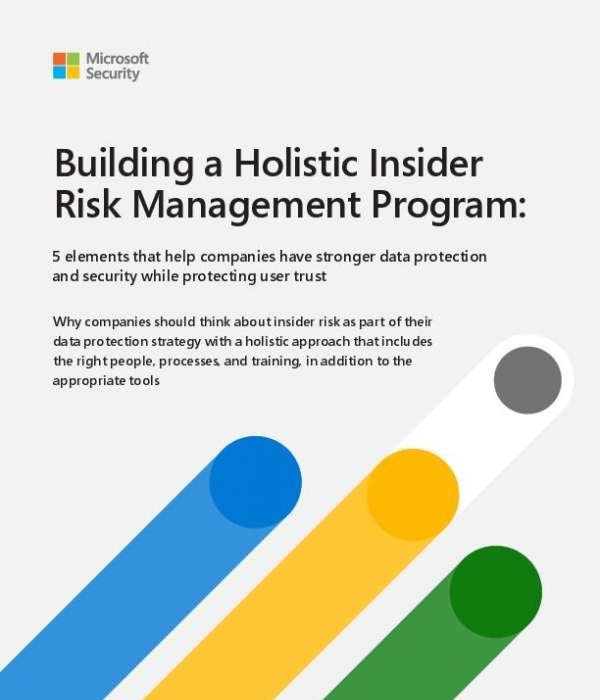The risk landscape has changed dramatically with the growth of the digital landscape. The amount of data captured, copied and consumed is expected to rise to more than 180 zettabytes in the near future. Traditional ways of identifying and mitigating risks simply don’t work. Historically, organizations have focused on external threats; however, risks from within can be just as prevalent and harmful. These trends make it imperative to think about insider risk as a core part of your data protection strategy with a holistic approach including the right people, processes, training and tools. The Microsoft Security report, “Building a Holistic Insider Risk Management Program: 5 elements that help companies have stronger data protection and security while protecting user trust,” provides insight. Download the report for an inside look at how Microsoft shifted from focusing solely on risk management to thinking about building value and security culture and benefits it gained as a result.
View: Building a Holistic Insider Risk Management Program





